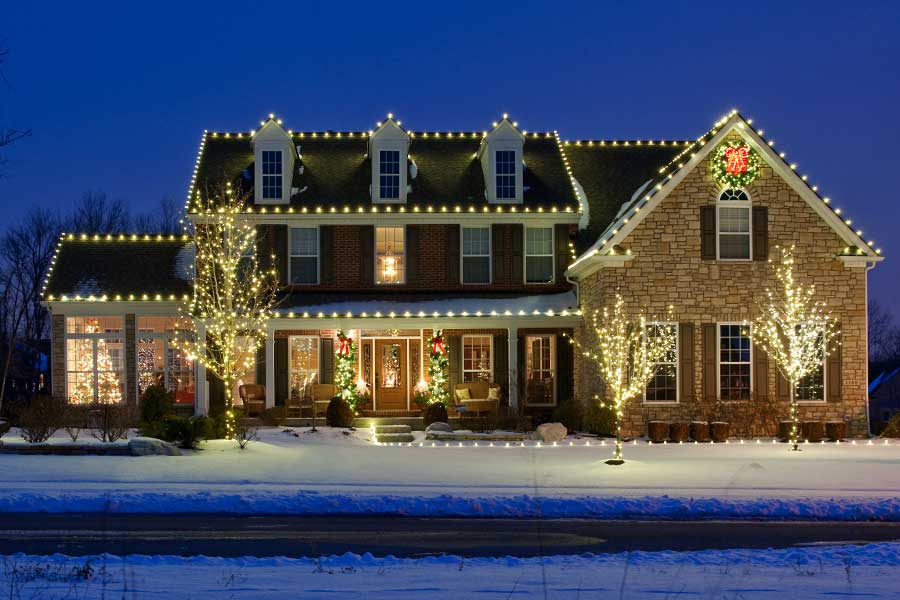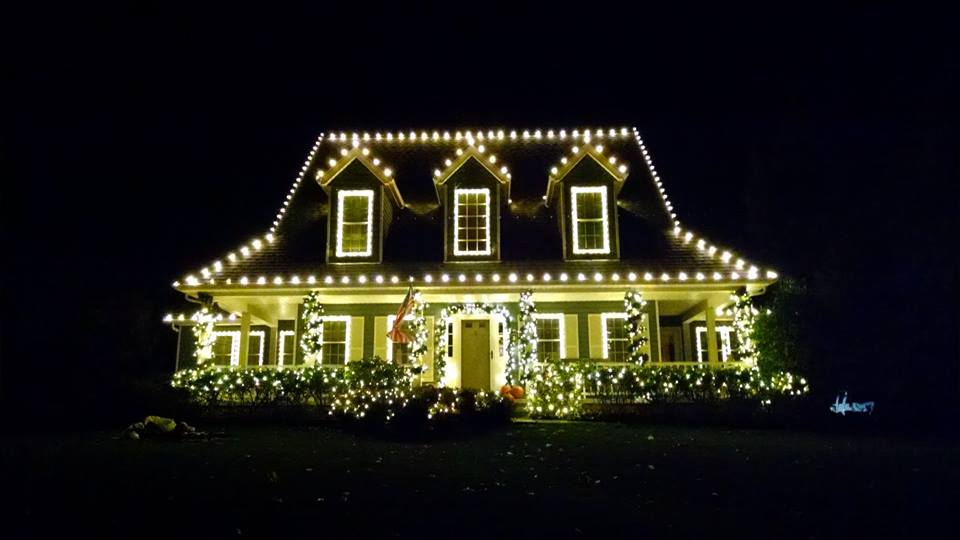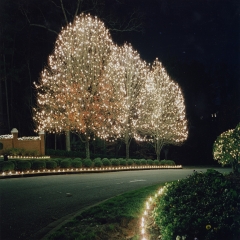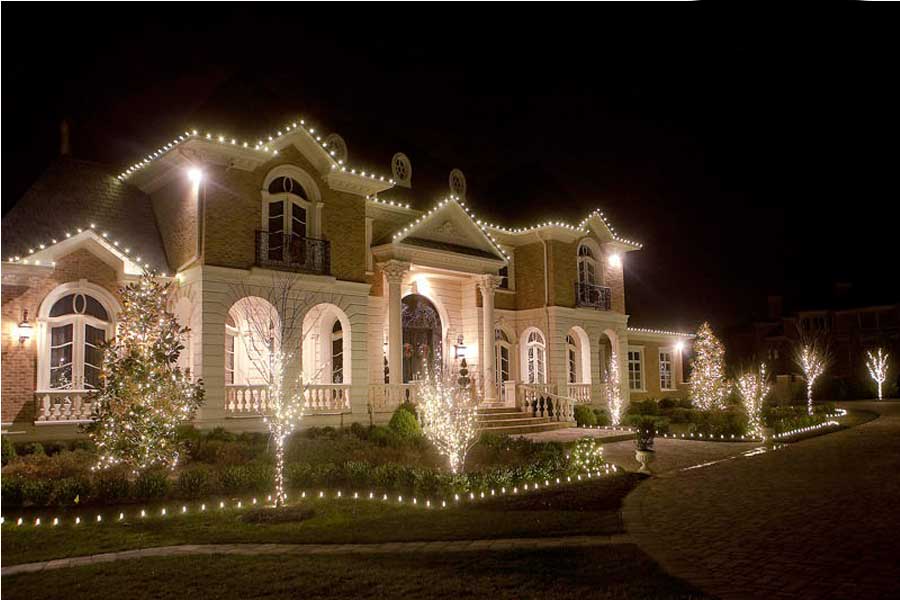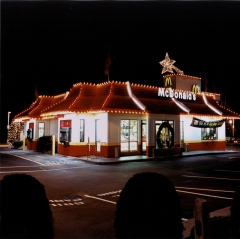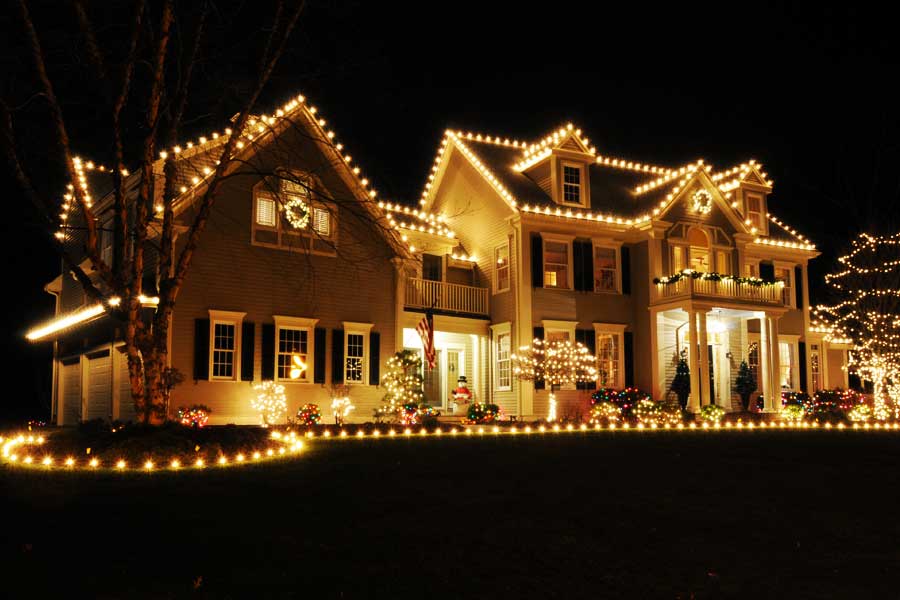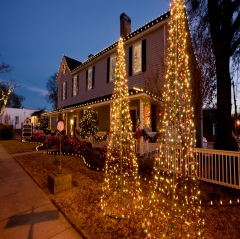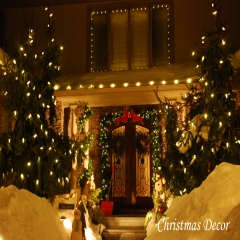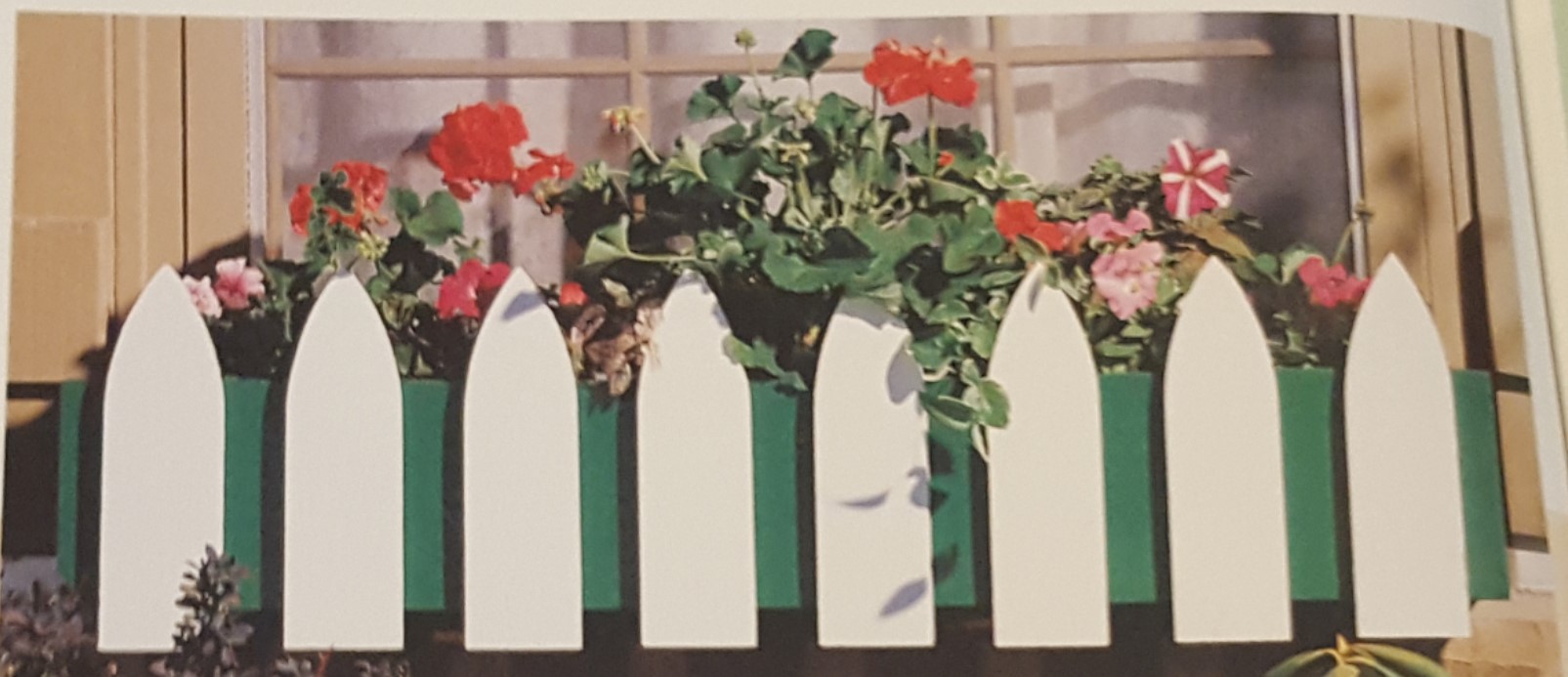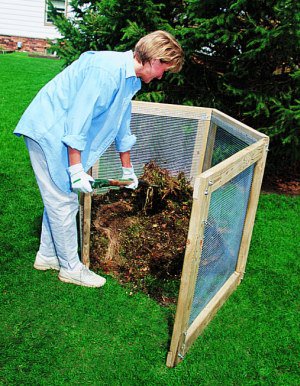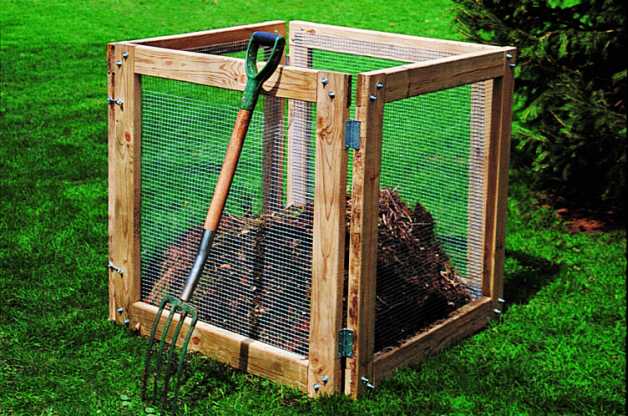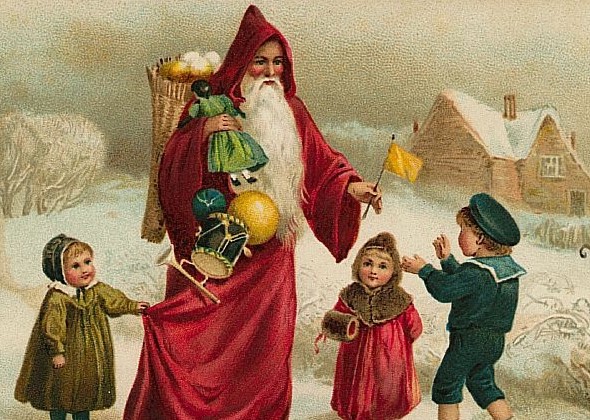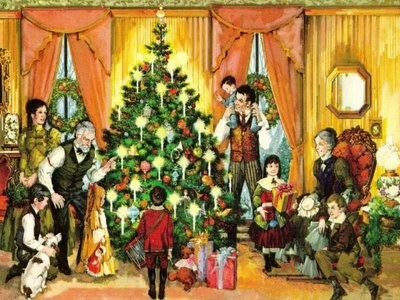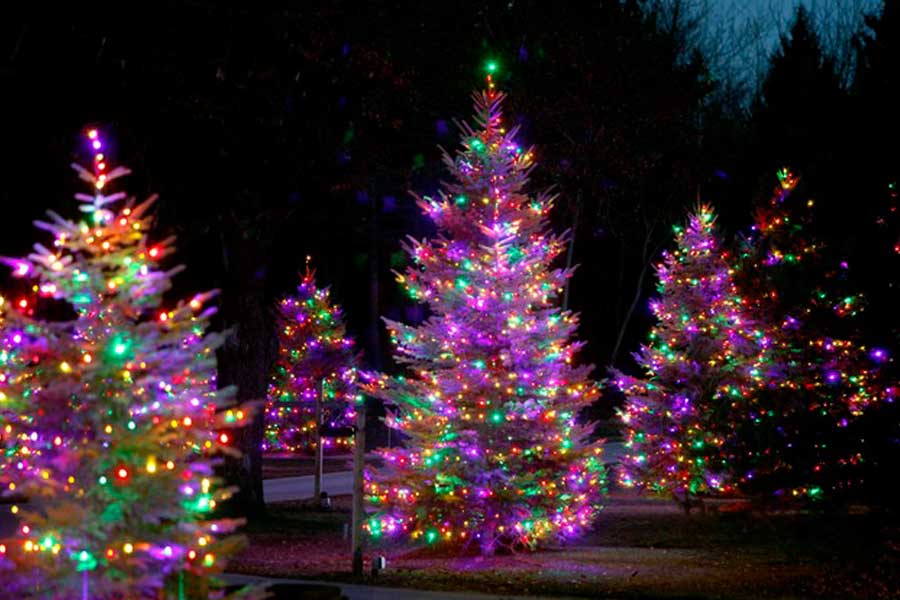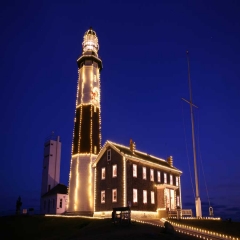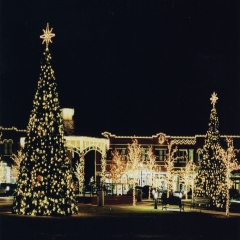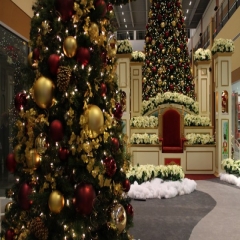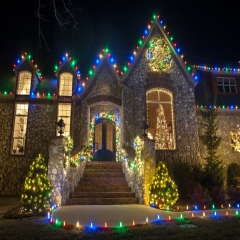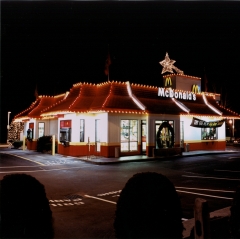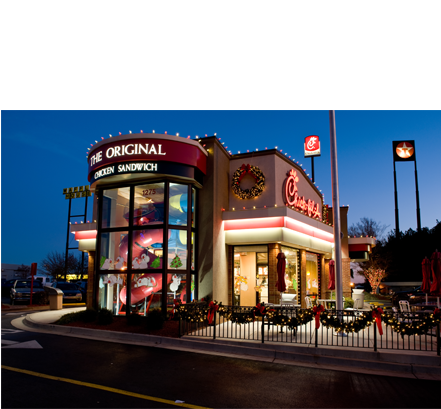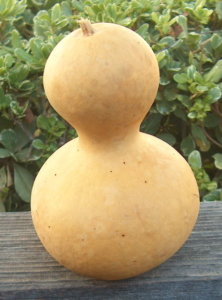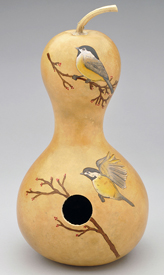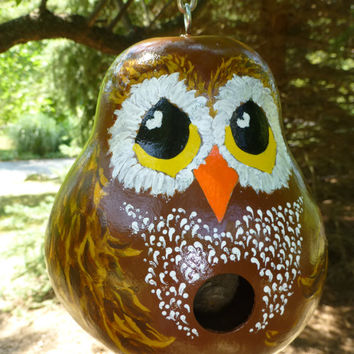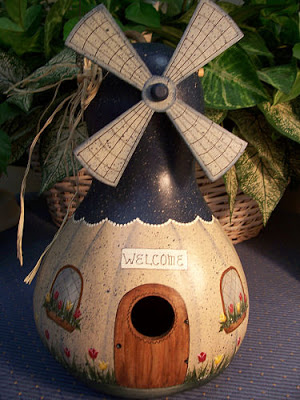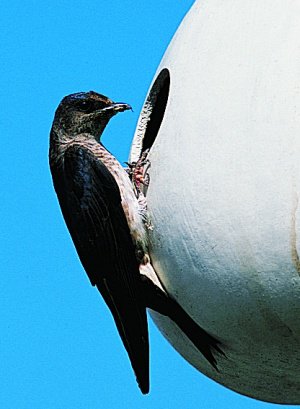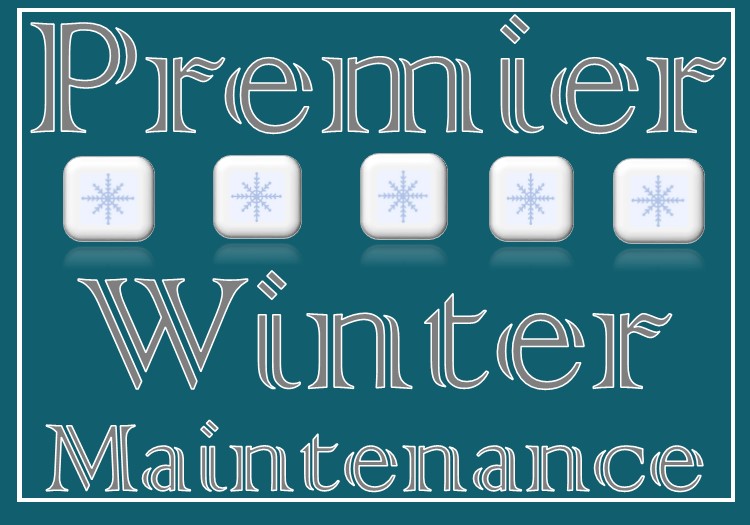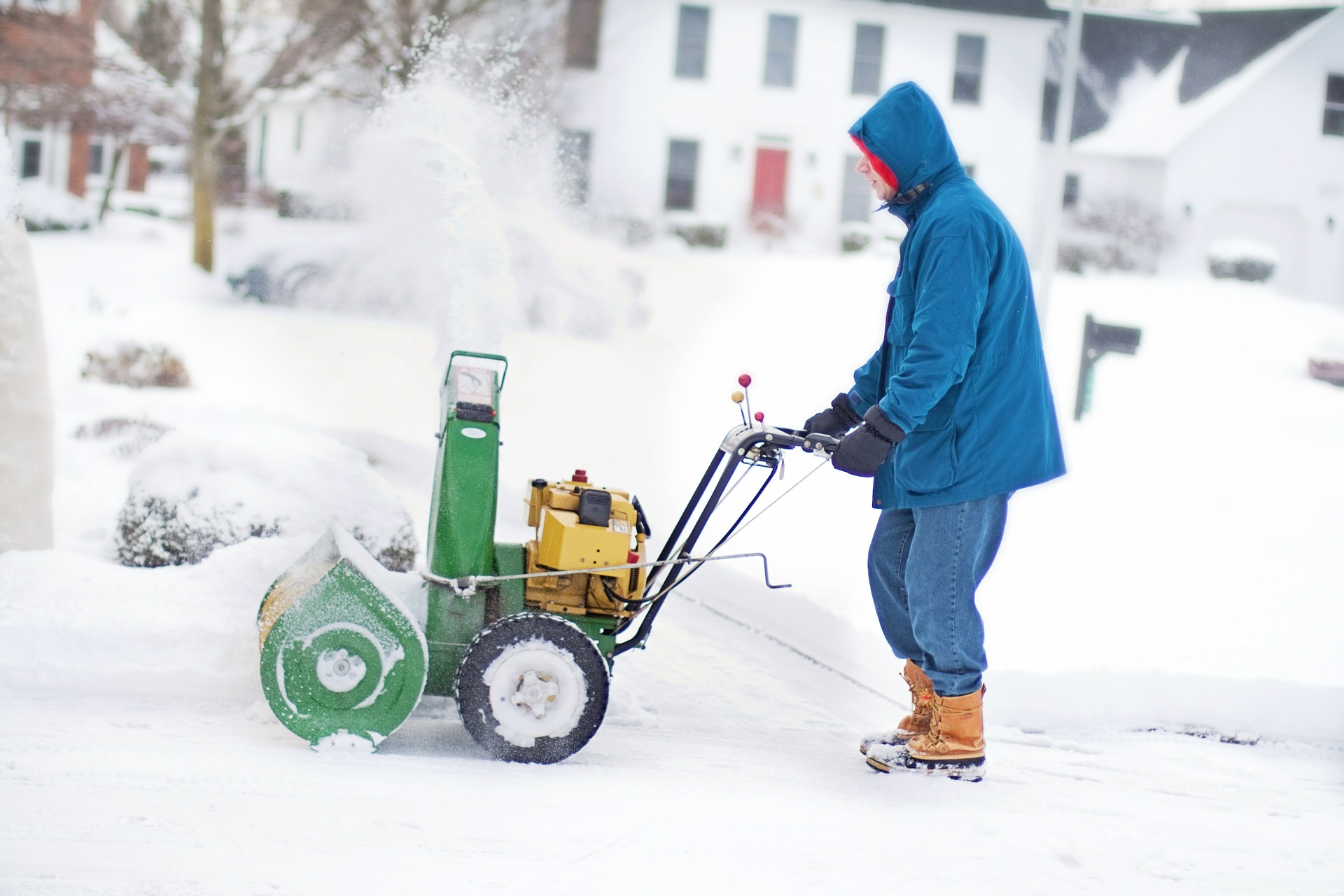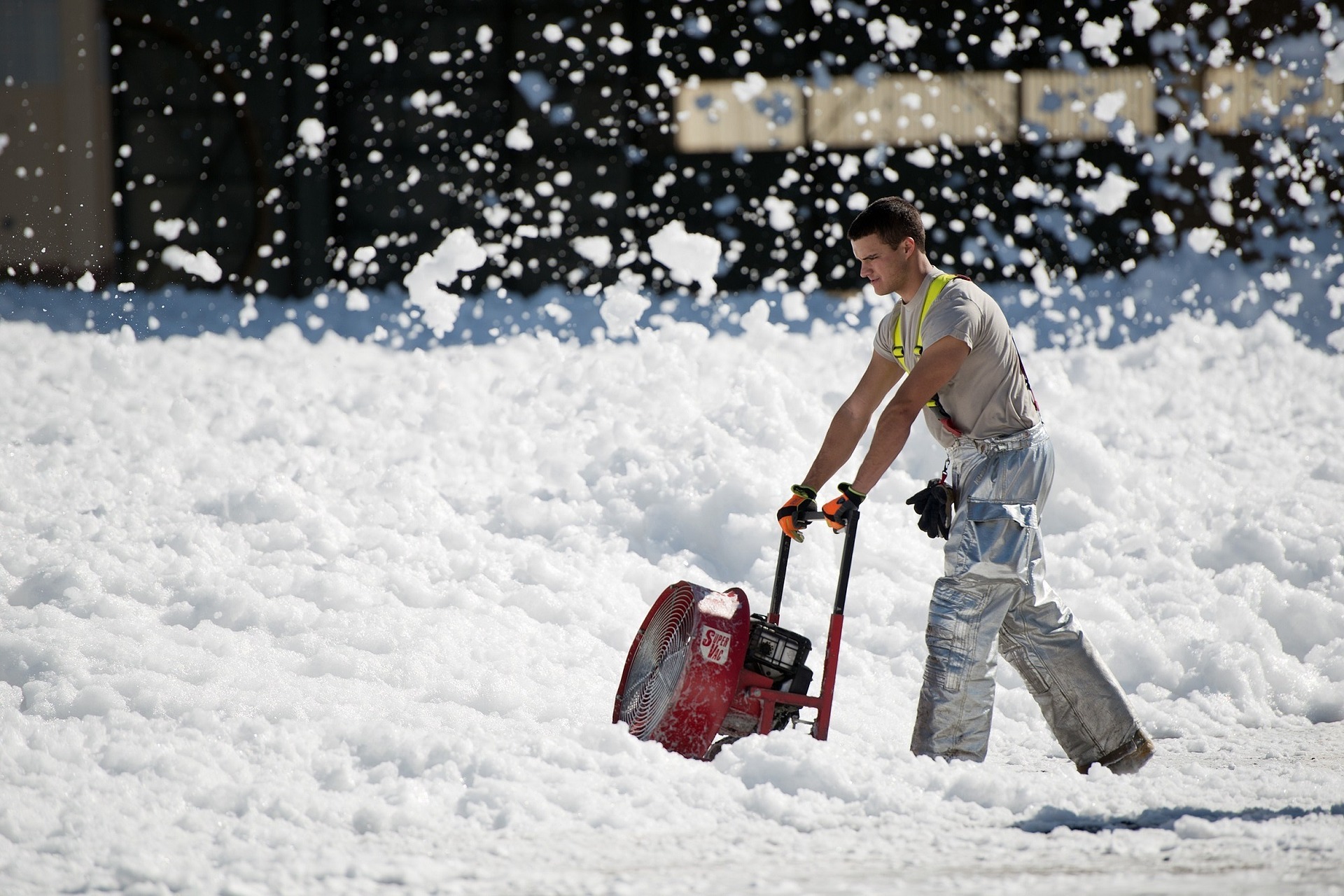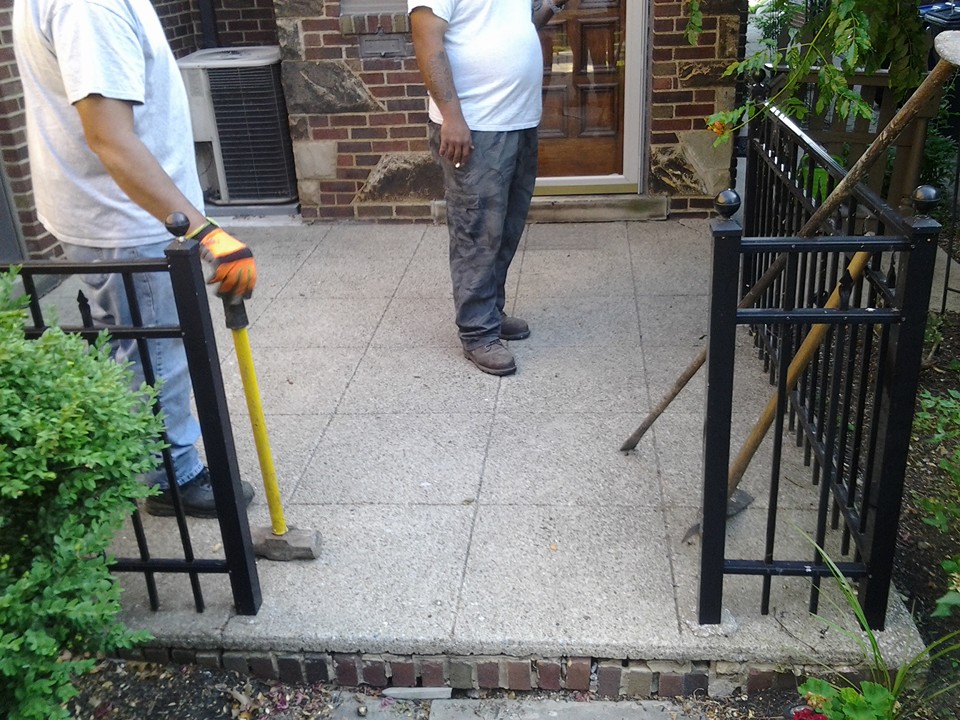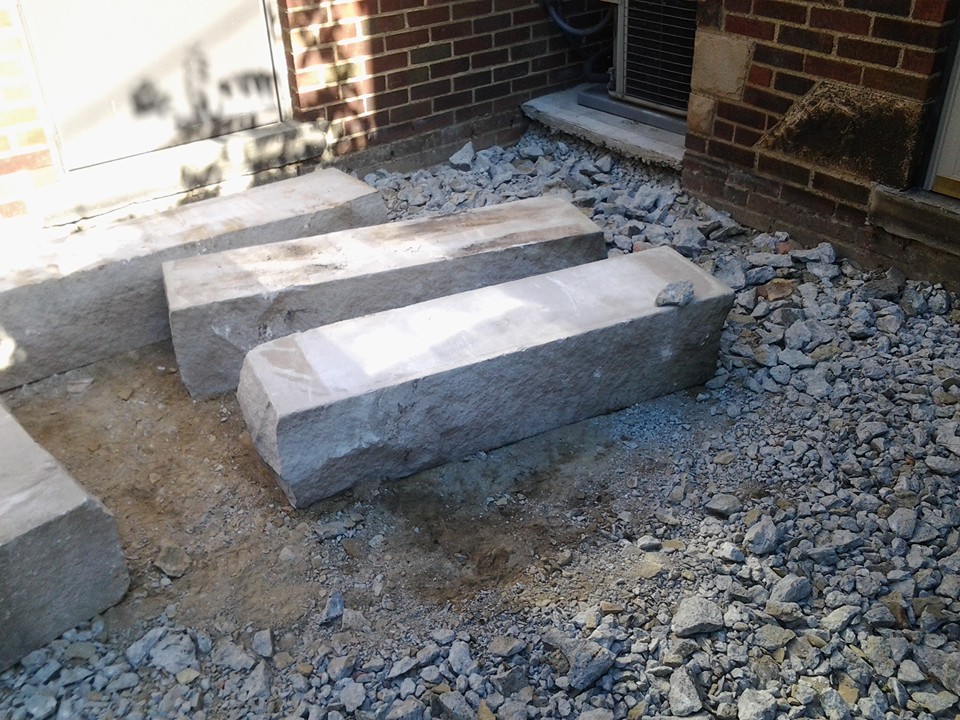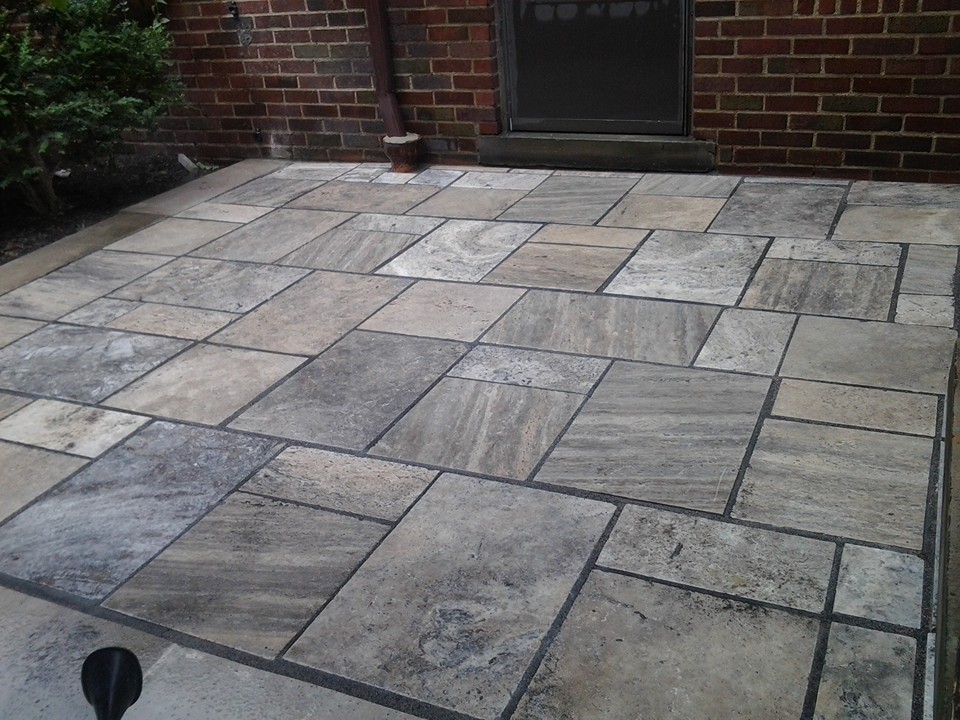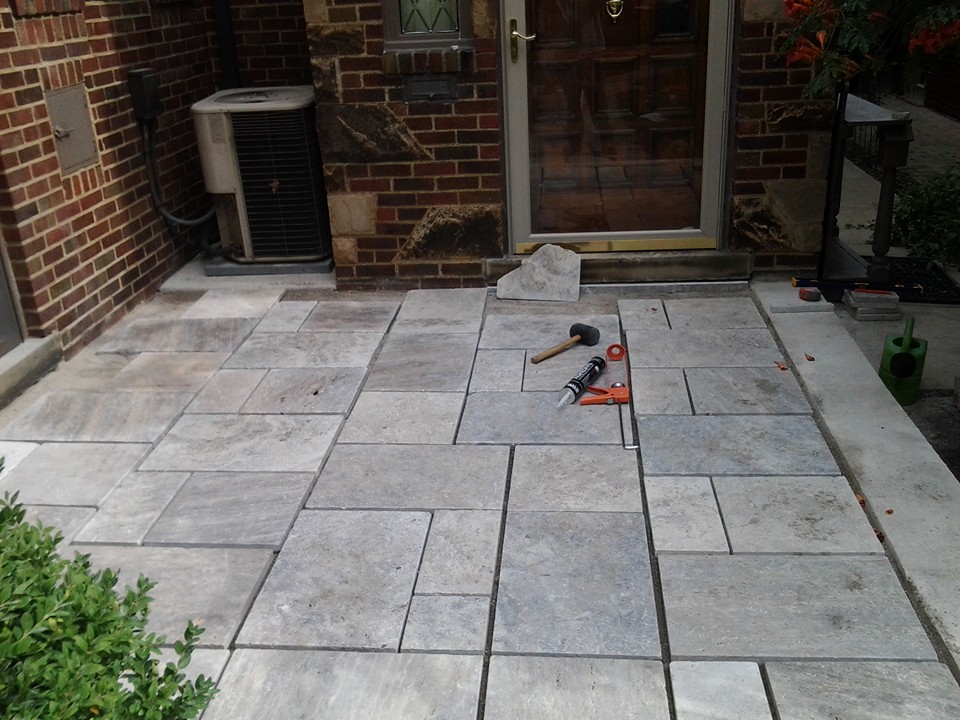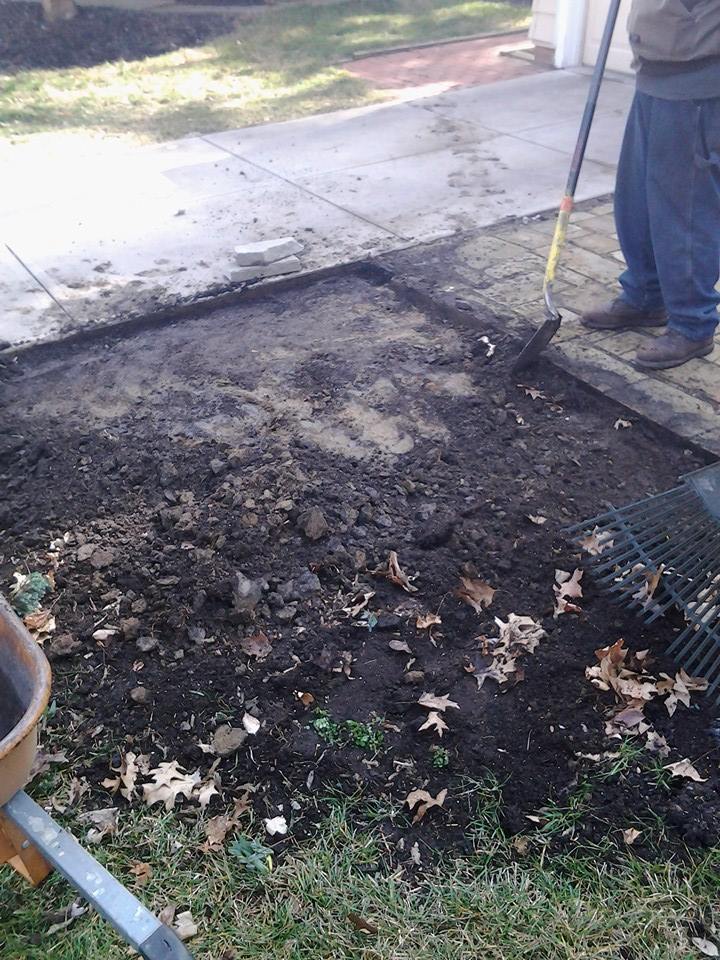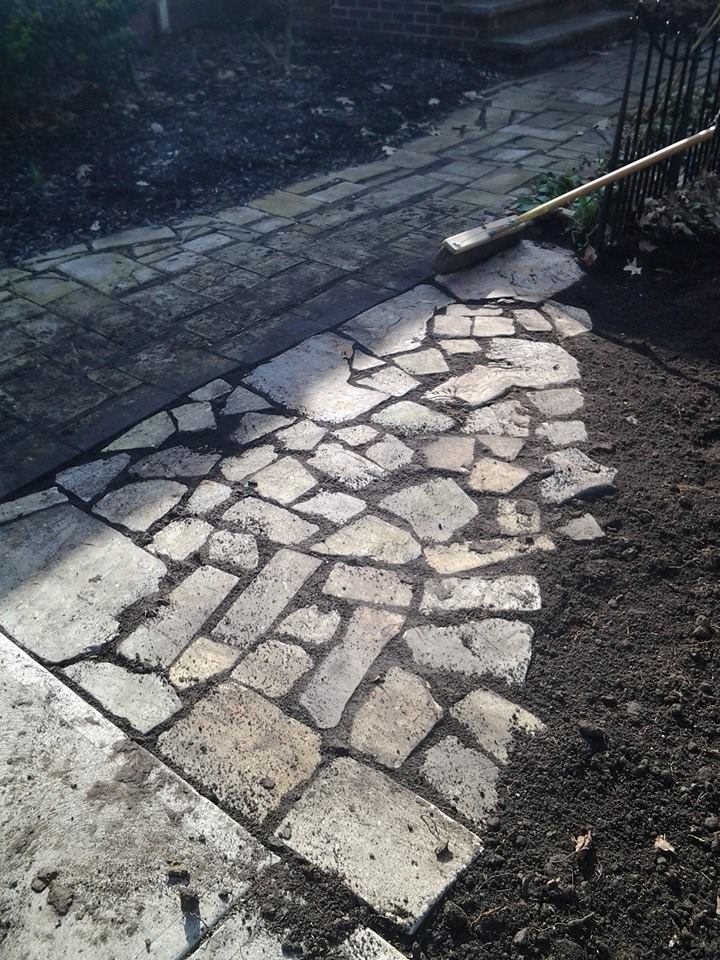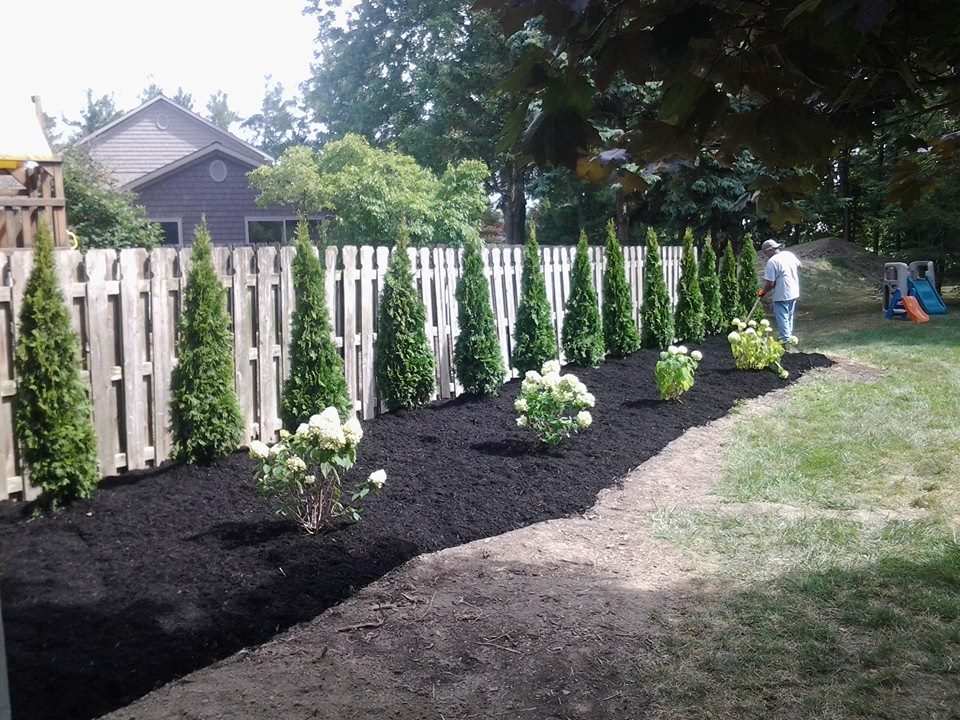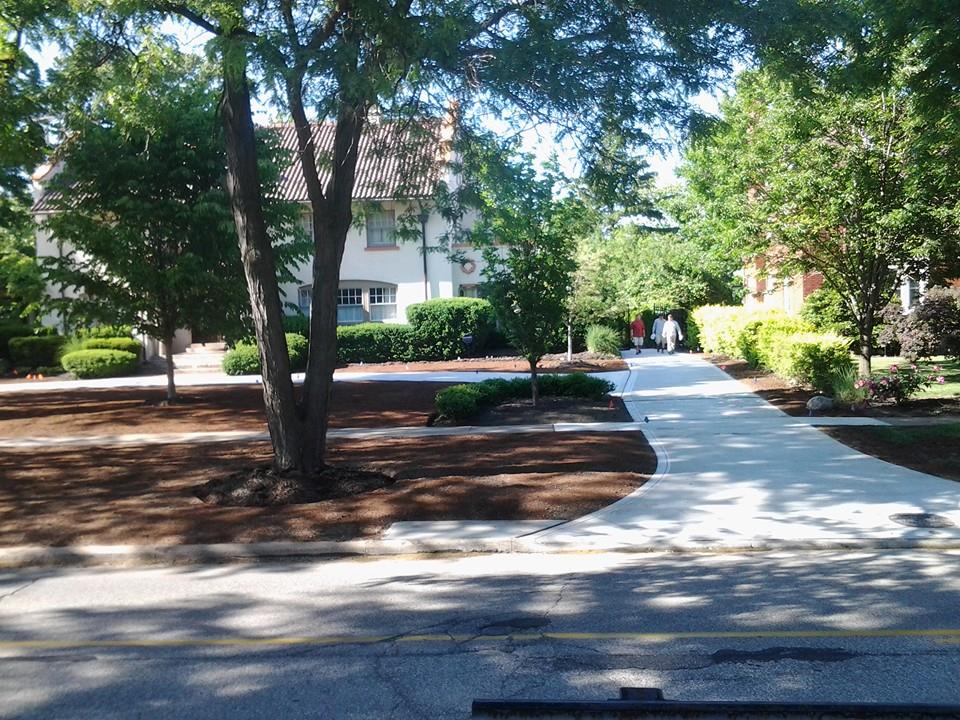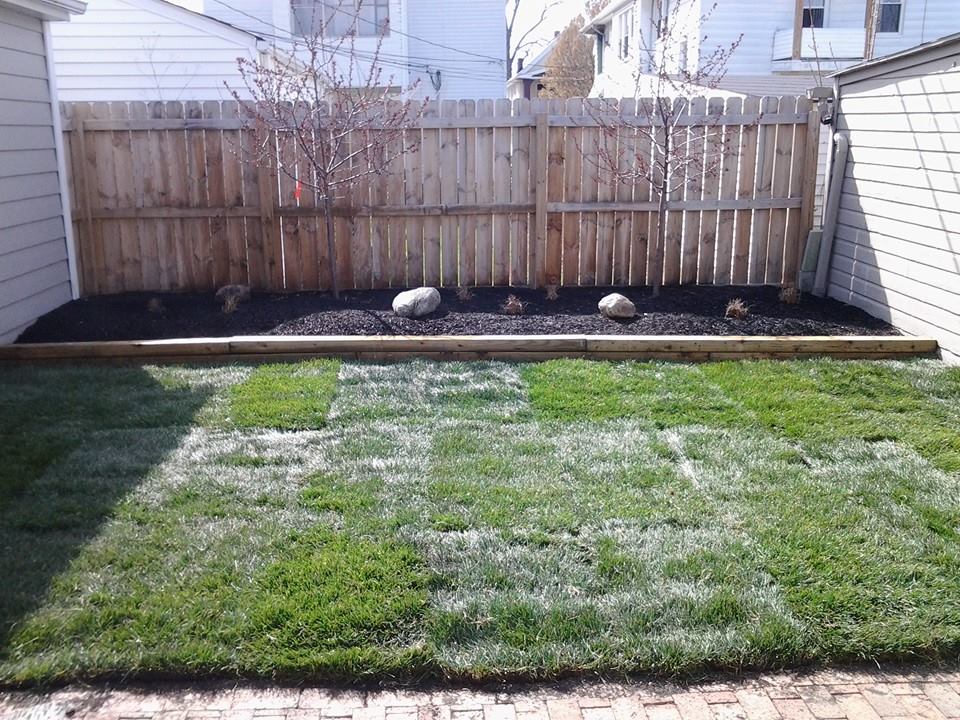Many people know of Saint Nicholas being the basis of Santa Claus, but the practice of stocking-stuffing can be traced back to his charitable donations in the 4th century. Nicholas believed that childhood should be savored and enjoyed – but in a time where boys and girls younger than 10 had to work to support their families, this wasn’t always possible.
He therefore gave what he could in homemade food, clothes, and furniture. The bishop even gave out oranges, which would have been very rare and expensive in Lycia, where he lived. The problem became where to leave these gifts so that the children would find them. According to legends, he then saw girls’ stockings hanging above the fireplace, and ol’ Saint Nick (to paraphrase) thought “Why the hell not?”. From then on, children would hang stockings up hoping that Saint Nicholas would visit them that night.
Beyond St. Nick, the practice can be traced back to Scandinavian countries that still held their Pagan beliefs. Children would leave their shoes full of carrots, straw, or other similar foods for Odin’s mythic horse, Sleipnir. When Sleipnir ate the food, Odin would leave candy or other treats in their place.
Most people know that Santa’s origins lie in Saint Nicholas, that generous Saint who gave presents to needy children. However, many other figures evolved into the conglomerate we call Santa Claus.
For one, the Dutch Sinterklaas, who himself has basis with Saint Nick, was the main inspiration for Santa Claus. He is nearly identical to Santa: he wears red and white, knows if you’re naughty or nice, and has elf helpers referred to as Zwarte Piet. However, the legend takes on a much darker legend when one hears that the Zwarte Piet’s duties also include punishing naughty children with “jute bags and willow canes”. He also differs from Santa in the facts that he wears a bishop’s hat and comes on steam boat from Spain, rather than the North Pole.
Another large influence into Santa’s design is the British Father Christmas, a figure developed in the 17th century as the embodiment of holiday joy and mirth. Odin also exists as a potential pagan inspiration for Santa Claus; he lead a hunting party with other gods on Yule, a German holiday at roughly the same time as Christmas; he rode Sleipnir, a legendary horse with 8 legs; like Santa, he has 8 reindeer; and he would fill children’s’ boots with candy, as mentioned earlier.
The modern Santa Claus, contrary to popular belief, was not created by Coca-Cola, but has been in American folklore since the late 18th century. His name comes from an Americanization of Sinterklaas, and somewhere along the way, he lost his bishop’s hat. One could write an entire list on the origins of individual components of Santa’s story – suffice to say that they all have interesting origins, and I would suggest further reading.



